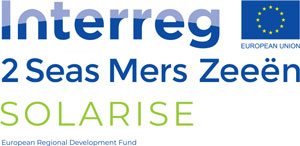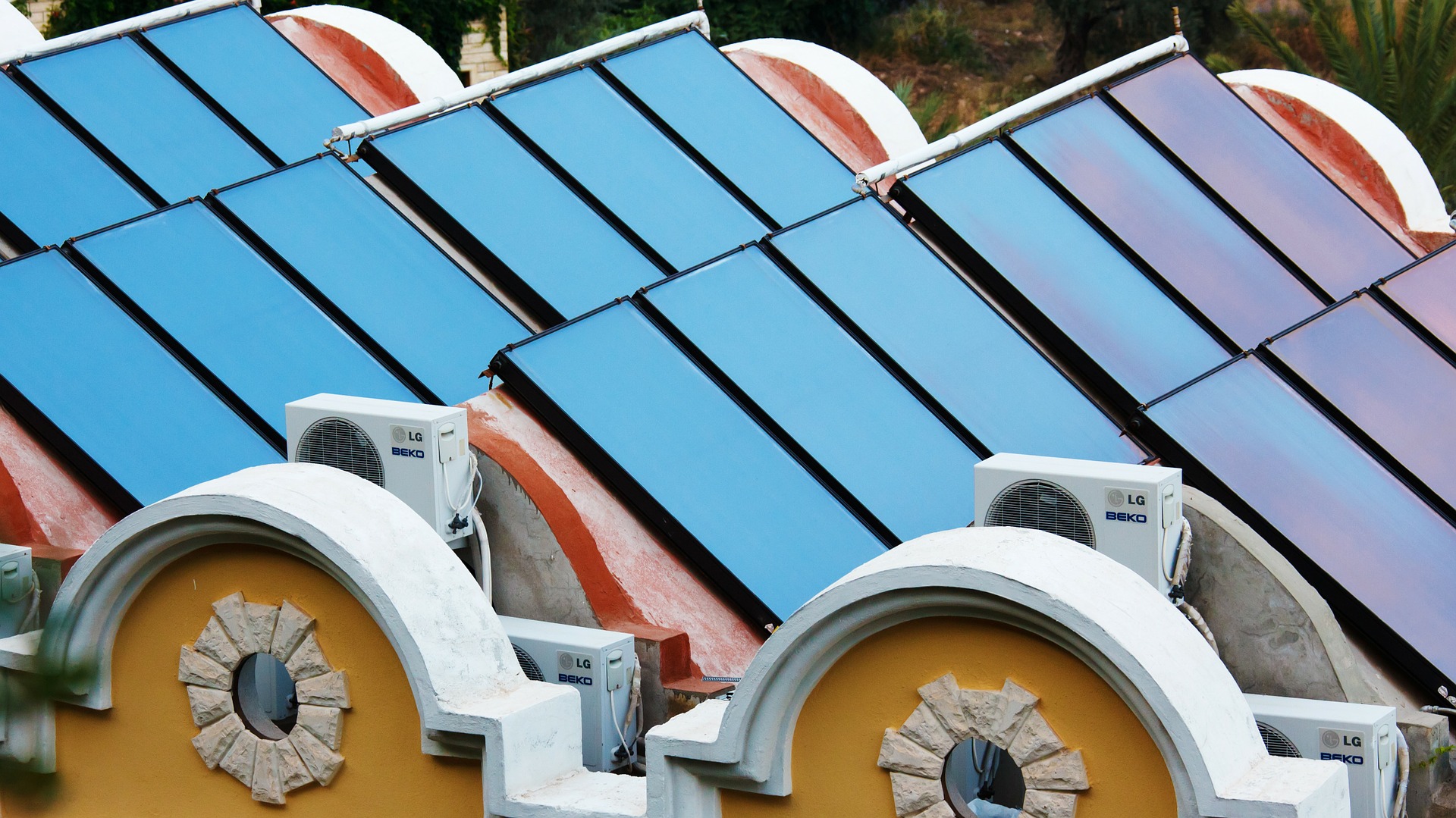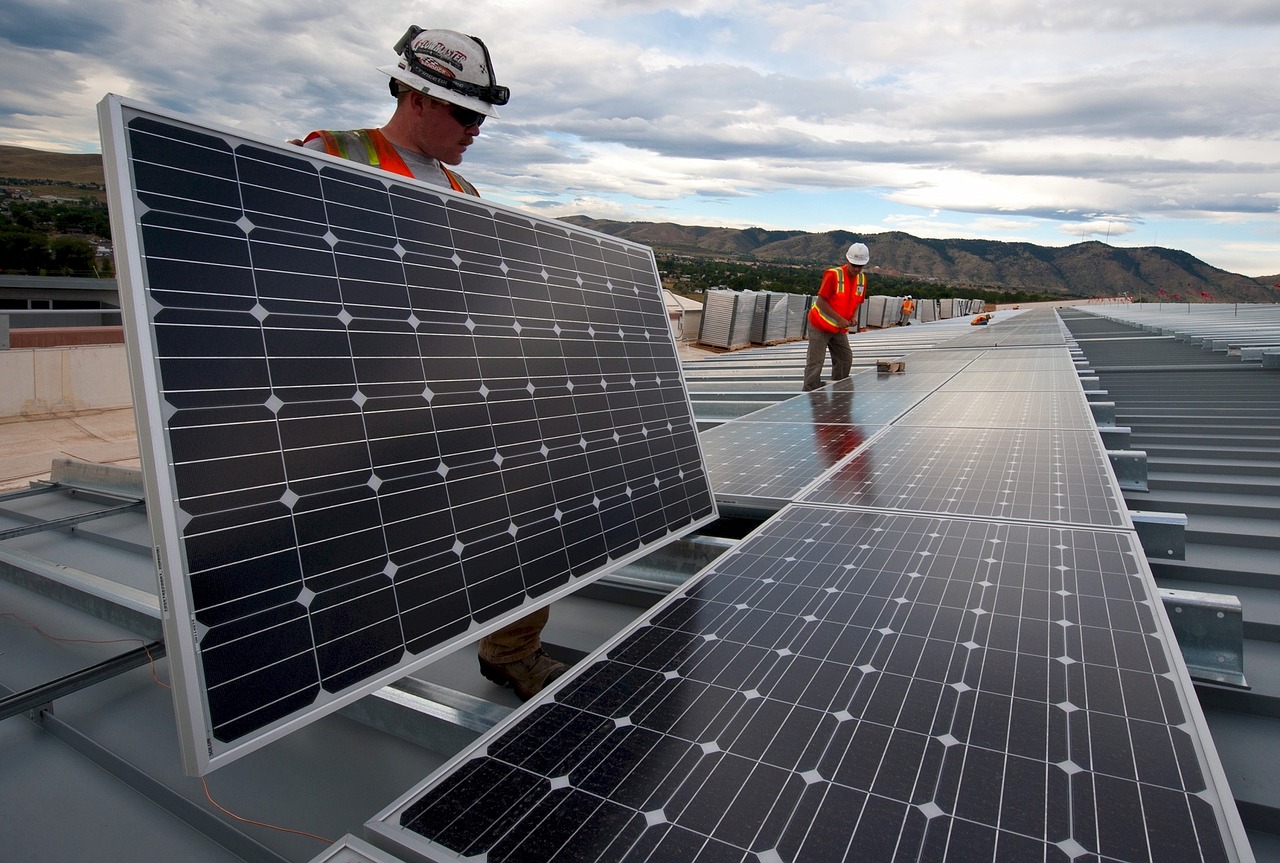WHAT IS SOLARISE?
The Interreg 2 Seas project SOLARISE boosts the adoption of solar energy in historical and public buildings and for households with a focus on low-income families, and also shows future technologies through living labs. Another aim is to lower the impact of the solar renewables on the electricity grid by, for example, installing storage capacity.
Through developing guidance, tools, business cases, SOLARISE wants to facilitate the broad roll-out of new solar and storage technologies. By experimenting in demonstration projects and living labs, SOLARISE wants to eliminate legal and organisational barriers and develop viable business cases.
Follow us on Linkedin: https://www.linkedin.com/company/solarise-interreg/

Interview with project leader Prof. Ahmed Rachid (UPJV)
Common Challenge
Solar electricity generation has increased rapidly in recent years; in 2014 it accounted for 11% of EU renewable electricity (Eurostat), becoming the third largest contributor to electricity production from renewable energy (RE) sources in Europe.
Solar is the most abundant of all RE sources. Yet it is perceived as prohibitively expensive (taking years before investment is returned) and problematic, as the electricity grid infrastructure struggles to cope with the variability of solar energy.
There is little deployment of solutions like battery storage with solar photovoltaic that would offer grid balancing to enable solar to scale up.


Main outputs
The main outputs of the SOLARISE project are a series of solar energy demonstration projects delivered across the partnership in both urban and rural environments and on domestic (with particular focus on low-income households) and public buildings (with focus on historical ones).
The partnership organises a campaign for stakeholders and deliver a Solar Roadmap to accelerate solar power adoption in pilot areas. It disseminates project results through conferences, tailored seminars, training events and via a solar energy dedicated web-portal. A guidepackage about legislation, market, technologies and best practices in the 2Seas is one of the outputs.
Cross Border Approach
The integrated approach of SOLARISE requires high-level cooperation; regionally (City-pilots), nationally (focus on legislation and rollout of project’s results) and across the 2 Seas Region.
The added value of territorial cooperation includes several elements:
- much of the technology exists but is fragmented and little known
solutions exist in one territory but not others - business cases for solar energy production depend on the policy/legislative framework, offering cross border policy learning
- integrated approaches (e.g. storage) have high initial costs. To bridge the ‘valley of death’, partners need work together to promote innovations and increase demand.




